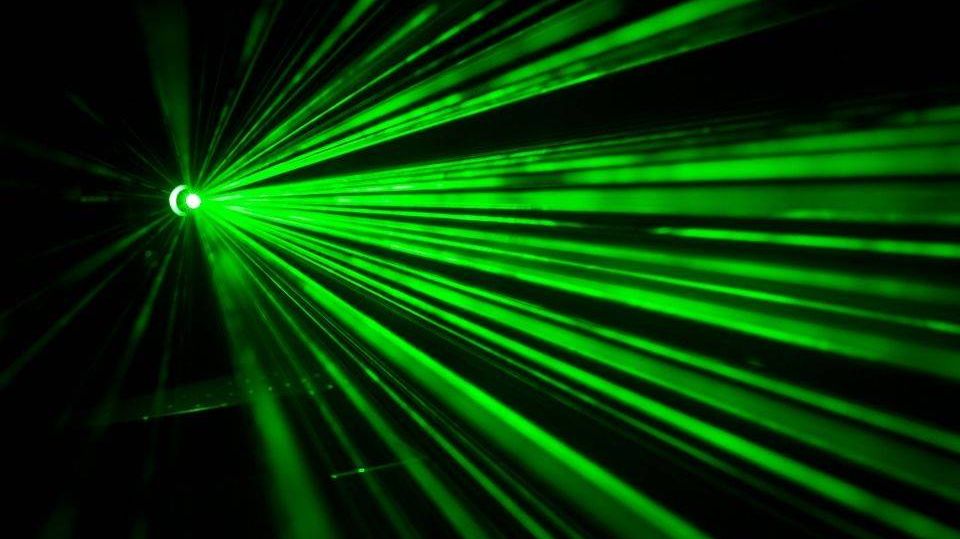
A new optical microresonator, the quality factor of which can be controlled by an external voltage, was developed and experimentally implemented by the specialists of the Federal Research Center “Krasnoyarsk Scientific Center (KSC) of the Siberian Branch of the Russian Academy of Sciences” together with colleagues from the Siberian Federal University, the press service of the KSC of the Siberian Branch of the Russian Academy of Sciences reported on May 4.
The adjustable quality factor makes it possible to significantly increase the efficiency of the microresonator and makes it possible to create low-energy microlasers, sensors and absorbers on its basis.
The Krasnoyarsk scientists presented the results of the study of the new device in the article “Voltage-tunable Q-factor in a microresonator on a photonic crystal,” published in the journal Optics Letters.
Photonic devices, unlike electronic ones, do not use the movement of electrons in their work, but light particles – photons. Photonic devices like microresonators act as “light traps”, effectively trapping light in a small region of space.
Light energy stored in a small volume of material provides an increase in light intensity at certain frequencies, thus amplifying the input light signal. Microcavity-based devices are widely used in optoelectronics and communications, including the production of optical clocks, lasers, sensors, and quantum computing.
The quality factor in a microresonator determines its ability to store energy within itself, the higher it is, the longer light energy is stored in it.
Laboratory assistant at the Institute of Physics. LV Kirensky KSC SB RAS Alexey Krasnov spoke about the new device:
“The quality factor is a measure of how much energy is lost in a passage of light between mirrors. We designed the system in such a way that a bound state could be realized in a continuum: this is a light wave trapped in a microresonator with a quality factor limited only by light absorption in the microresonator material. If you change the parameters of a microresonator tuned to a limit state in a continuum, you can effectively control its quality factor.”
The Q-controlled microresonator developed by the Krasnoyarsk scientists consists of two one-dimensional photonic crystals with a layer of liquid crystal between them.
The photonic crystal, in turn, resembles a “pie” of many thin layers of various materials that effectively reflect light incident on the crystal. Since there are two such glass mirrors in the resonator, light is trapped between them, forming a microresonator.
“A layer of liquid crystal placed in a microresonator is sensitive to an electrical voltage applied to it. This property has been used for a long time to create LCD screens., – continued the explanations of the researcher of the Institute of Physics. LV Kirensky, Candidate of Physical Sciences and Mathematics Pavel Pankin.
The Krasnoyarsk scientists were the first to guess about the use of the sensitivity of a liquid crystal in a microresonator for electrical control of its quality factor. The quality factor of the microresonator developed by them varies from 100 to 360 in the voltage range of 0.6 V.
“The Q-controlled microresonator proposed by us can be used to create energy-efficient photonic devices”Pankin pointed out.
Such devices, the developers believe, may be low-threshold dye microlasers, perfect light absorbers, and biophotonic sensors.
Source: Rossa Primavera
I am Michael Melvin, an experienced news writer with a passion for uncovering stories and bringing them to the public. I have been working in the news industry for over five years now, and my work has been published on multiple websites. As an author at 24 News Reporters, I cover world section of current events stories that are both informative and captivating to read.
